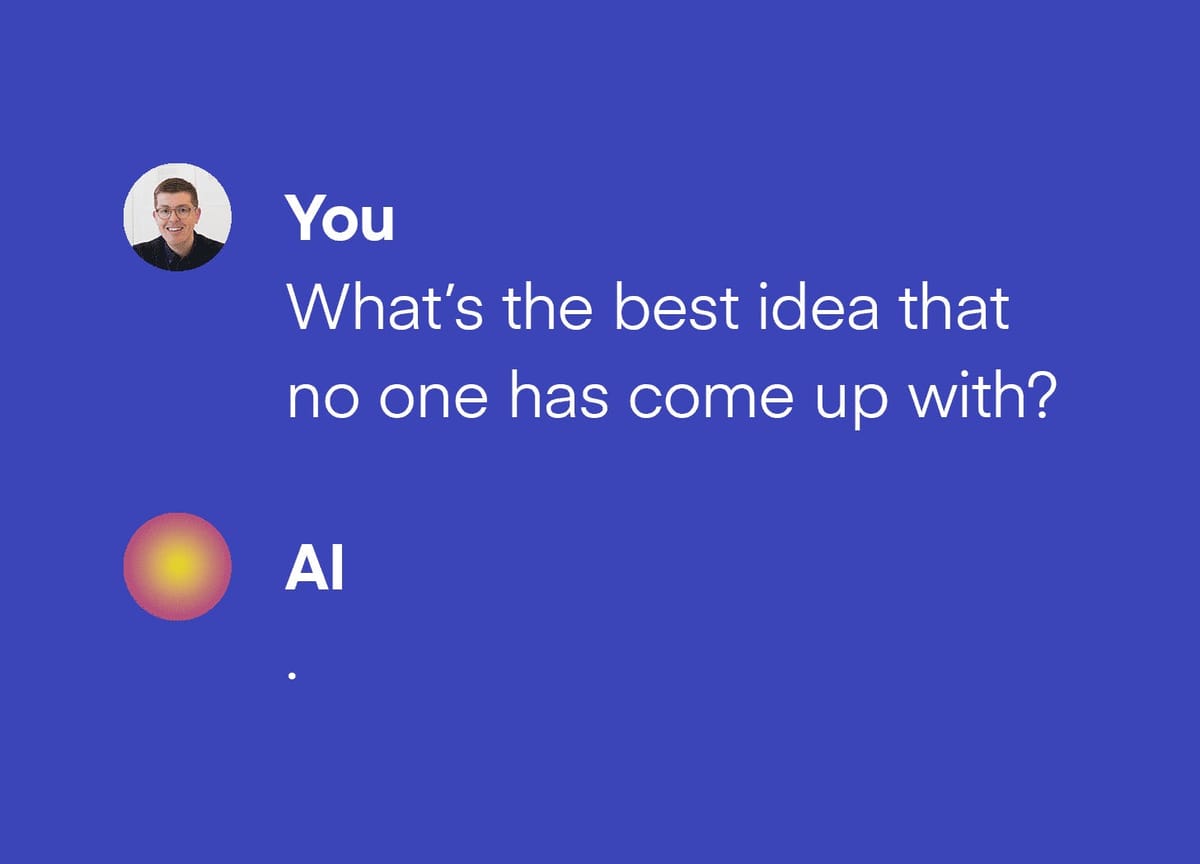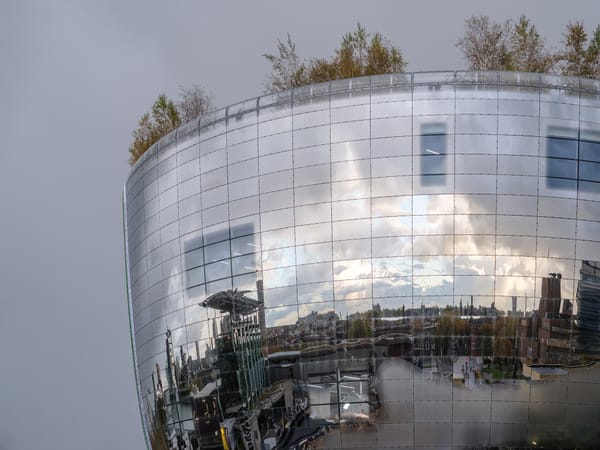Leaving the Lightbulbs On
On generating ideas and Google’s new AI “notebook”

Hi everyone,
At this time last year, just before launching Frontier Magazine, I wrote an essay about attention, one of the subjects that most occupied me in 2022. Today, with artificial intelligence changing the tenor of many creative conversations, I’m thinking about where ideas come from. Find some notes on that, plus a brief “Last Year In Review,” below.
Love all ways,
Brian
Leaving the Lightbulbs On
A little more than a decade ago, the prolific author Steven Johnson published Where Great Ideas Come From, which distilled the “shared properties and patterns” that characterize “unusually fertile environments.” A talented popularizer of academic research, Johnson labeled these traits in ways that helped them enter more mainstream conversations, especially those around technology and business.
Johnson’s term that has traveled farthest is “the adjacent possible,” borrowed from scientist Staurt Kauffmann, which he describes as “a map of all the ways in which the present can reinvent itself.” Johnson is quick to note that “the strange and beautiful truth about the adjacent possible is that its boundaries grow as you explore those boundaries.”
Little has expanded the “adjacent possible” this year as much as generative AI, and the explosion of popular interest in and experiments with the new technology has coincided with a bunch of those tech-business pundits choosing to write about generating ideas. Nat Eliason talks about “fermenting great ideas.” Mario Gabriele re-created some of Johnson’s work and came up with seven ways to find ideas, which are “rarer by the year.” Nathan Baschez altered the template to discuss “how ideas grow.”
Now Johnson is back, this time as a Google employee, with NotebookLM, which offers “source-grounded AI”—essentially, a digital conversation partner that’s “trained” primarily on documents you share with it. In a personal announcement about the project, Johnson highlights the feature by which NotebookLM suggests followup questions: to date, “exploring text through the Socratic method of dialogue on your own just wasn’t an option. Source-grounded AI makes this kind of conversational approach possible.”
An always-on conversation partner with contextual knowledge is a longtime dream of many writers and researchers, myself included. I share fellow writer Clive Thompson’s desire for a tool to help summarize reading and interviews or find connections among larger masses of existing text, as well as his deep concern about privacy. Nonetheless, it’s exciting to see that far-off vision coming into focus.
In Where Ideas Come From, Johnson spoke about how the “10/10” innovation/adoption cycle—“a decade to build the new platform, and a decade to find a mass audience”—has been sped up in the twenty-first century by internet-powered technologies. Citing the lightning-fast adoption of YouTube, Johnson suggests its founders “took the 10/10 rule and made it 1/1.” You could argue ChatGPT took the 1/1 rule and made it .25/.25. So while I’m waiting for a version of NotebookLM that works locally and offline, that guarantees privacy, I may not have to wait that long.
🔗 Good Links
I’m a sucker for year-end lists. But it can be difficult to discern what’s important in real time. So I thought I’d share a few essays and articles from last year that I find myself returning to most often. I hope you find something worth reading:
- 🐑🏘️ Eula Biss, “The Theft of the Commons.” Biss, an essayist whose 2009 book Notes from No Man’s Land struck me like lightning, travels to the last English village that was never enclosed, where farmers work the land cooperatively, and meditates on nostalgia, poet John Clare, women’s labor, cowboys, and much else in her fascinatingly digressive way. “Standing at the center of the village, I had the feeling that I was standing inside an idea, an idea about how to live in relationships of necessity with other people.”
- 🏚️ Thomas De Monchaux, “Against Demolition.” An elegant lamentation of a recently demolished Marcel Breuer house that broadens into a meditation on architecture, historical preservation, and sustainability. “To love buildings and all that they can do for people … is to love a burning forest. In their unique attachment to geography and circumstance, buildings are irretrievable: once gone, they are gone forever.”
- 👩🏻🎓 Merve Emre, “The Illusion of the First Person.” Emre considers the personal essay in this long and thought-provoking piece. She locates the origins of today’s personal-essay boom in the introduction of the “personal statement” in university applications in the 1920s. “The value the admissions essay … places on the private individual as a self-reflective and self-governing subject, the rightful heir to the spoils of capitalism, remains as powerful as ever.”
- 🧑🏻🦼 Laura Mauldin, “Care Tactics.” A humane and mind-opening look at disabled people’s creativity, paired with a trenchant call for others—and the systems we all create—to recognize it and support them. “Recognizing the creativity of disabled people, including those aging into it, can move us away from stigmatizing and toward valuing all the ingenious adaptations disabled people create.”





